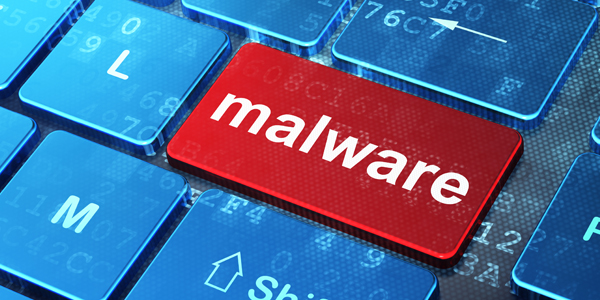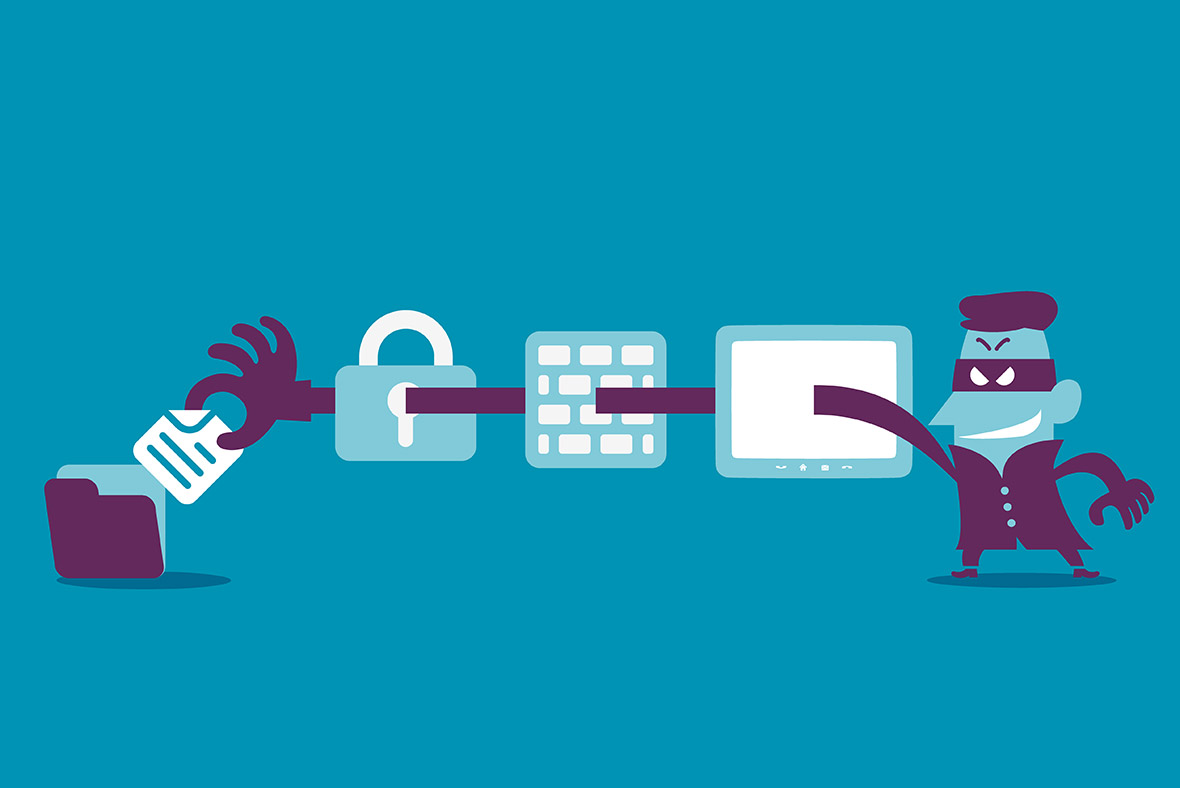Let’s first talk about what is Malware?

Malware is an abbreviation for “malicious software,” which is used to describe a form of computer program that is manufactured for infecting a real computer of any user with the intention of invading it and causing harm to the data.
Malware is essentially a computer disease that infects all kinds of devices that too in several ways. These malicious softwares come in various forms such as worms, viruses, spyware tools, Trojan and much more. It is highly critical that every user who owns a device has sufficient knowledge on recognizing and safeguarding their device and data from all kinds of malware that are infecting the online world.
The forms in which malware appears is actually bewildering! However, computer viruses are the kind of malware which everyone is familiar with; they are named viruses because they replicate themselves and spread in the device just like a real virus! On the other hand, worms do have somewhat similar characteristics as a virus but when it comes to spyware, it has the capability of transferring personal data to hackers such as credit card ID’s and other sensitive information.
How to Protect Yourself from Malware?

If you have thoroughly read on what malware can do then you should know the importance of the fact that every device needs to be safeguarded from its attacks. There are multiple ways that can be adopted to seek protection from any kind of malware and many of these are listed below for your ease:
- First and foremost, whenever you decide to browse the web for any task use safe search sources, the most famous one being the SiteAdvisor. This is that program that gives a warning to users when they are about to access ay site that can be potentially malicious by using certain symbols adjacent to the link in search results; these symbols can either be red, yellow or green.
- Green symbol is for an all-clear or all-safe,
- Red symbol is a definitive warning symbol and once this is shown you should proceed with caution.
- On your device, you must always use an administrator account that is protected by a password so that no software gets installed without your permission or knowledge.
- Whenever you wish to download something make sure you do it only from websites that can be trusted but still you must avoid downloading software cracks or any torrents because they are often infected with spyware softwares.
- A common mistake we all make is that we blindly tend to agree as “OK” or “Yes” on any pop up window simply to get rid of it. Never agree to any message that pop ups with “Agree”, “OK”, “Yes” or even a “No”. Instead what you should do is simply click the red “X” or press Ctrl-Alt-Delete to close your browser down. If you are using Mac then utilize the option for Command-Option-Escape, and then press either Force Quit or simply click the Apple logo at the top left side of the screen to abort the browser.
- Never ignore the updates of your device. Regularly update and install guidelines for your operating system and remember to use the most recent version of the web browser that you use for internet browsing.
Let’s now talk about RAT?
A RAT, is the abbreviation used for “Remote Administration Tool” or a “Remote Access Trojan,” given who you ask for while one is real and the other is infected with a malicious spyware which can easily take hold of all your keystrokes, make a video or even take images of data being viewed on your screen which will allow this hacker to gain complete access to all your documents.
Most RATs will keep an eye on any device without alarming the user, however, there is one highly common RAT that you should protect yourself from is the “Backdoor Orifice,” which is basically serves as a remote access for any hacker to the administrator account active on the system being hacked.
Anyone who has direct physical access to the computer onsite can install the RAT or when the device’s user opens any document installed with RAT, the malicious spyware will automatically install the RAT on the operating system.
Moreover, a user’s device can access RATs when any link is clicked, when a toolbar is installed or when a software that apparently seems legit is used. However, there have been events when RAT software has been installed on a device by making use of thumb drives. Even hardware such as external hard drives or picture frames can successful install a RAT. Cybercriminals are smart enough to convince their users into downloading any RAT when they are simply playing a video game online.
What is Peer-to-Peer (P2P) File Sharing and what are the risks associated with it?
Peer-to-peer or P2P file-sharing is a highly useful technology that is utilized when it comes to sharing data with any kind online with those who are using the same software on their devices. Considering the specific characteristics of the P2P Program that is being used, it is also a vulnerable pathway which can be used by hackers to access your device.
If P2P software is improperly installed, it will give anyone the permission to access one’s files or data even to the criminal hackers. This would eventually lead to the breaching of files, theft of identity and famously the credit card frauds. There have been events where drug corporations, sensitive government agencies, brokers have found P2P software installed on networks where personal information has been leaked from.

Let us quote an interesting example, the security data of President Obama’s such as his schedules, helicopter plans, and personal notes from the Congress have been leaked into the P2P installed softwares.
There are multiple machines that contain the P2P softwares installed on their systems and many people are oblivious to the fact that their data is vulnerable exposed to hackers through these machines. These are those softwares that practically build the pathway of showing the least amount of resistance to intrusion into the computer so you should always be careful when downloading it.
